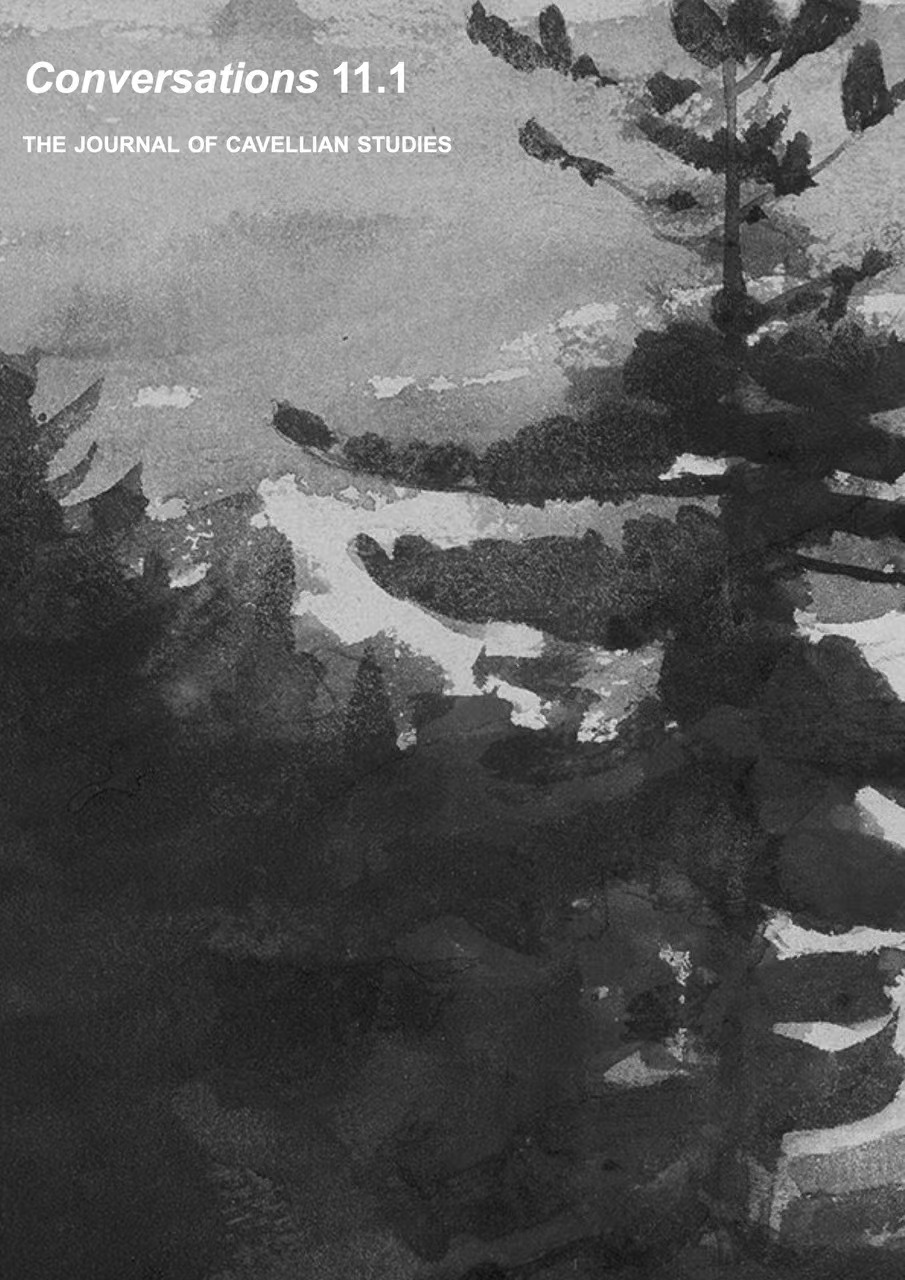Cavell and the Art of Revolution
Abstract
Cavell traced his own philosophical beginnings to his encounter, while a graduate student at Harvard in 1955, with J. L. Austin and to his reading, a few years later, of Ludwig Wittgenstein’s Philosophical Investigations. The heart of his inheritance from these two thinkers is an account of language, at odds with then dominant positivism-influenced accounts, on which the referential function of language is subordinate to speakers’ feel for what can be meaningfully done with words. In the 1960s, Cavell drew on this legacy in giving an appealing and distinctive interpretation of aesthetic modernism that would become one of his philosophical signatures. He argued that the departures from established artistic forms that were modernism’s hallmark should be seen as efforts “not to break but to keep faith with tradition.” This was not a perverse willingness to count rule-breaking as rule-following. Given the view that understanding draws on our sense for coherent expression and action, it appears that individual procedures’ significance may differ in different contexts. So, we can allow not only that artists may encounter crises, in which previously helpful procedures come to obstruct what they most want to express, but also that a decisive break in procedure may enable new expressive freedom and so may be recognizable as the tradition’s smoothest and most natural continuation.


